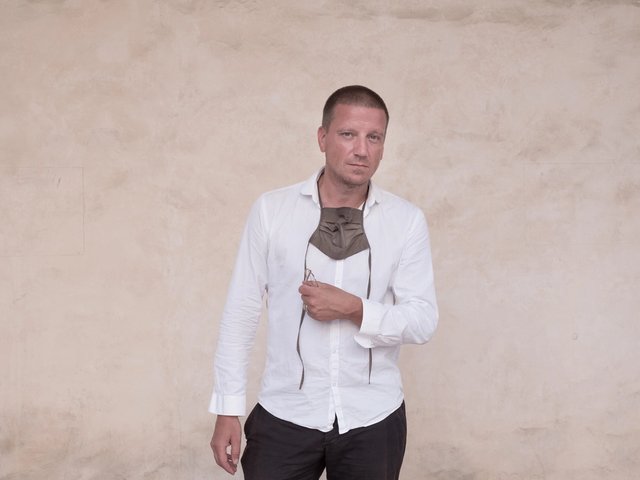Stefan Kalmár has been appointed the next director of the Institute of Contemporary Arts (ICA) in London it was announced today (19 September). He succeeds Gregor Muir, who heads to the Tate in January as director of the museum’s international collection.
German-born Kalmár comes from Artists Space in New York, the much-lauded non-profit gallery that was founded in SoHo in 1972 with a focus on emerging artists. Kalmár is widely credited with transforming the venue at the height of the recession; since he joined as executive director and curator in 2009 he has introduced a second venue, Artists Space Books & Talks, and trebled the organisation’s income.
Despite this, the gallery was forced to close its main space on Greene Street in June, shrinking back to its storefront and basement in TriBeCa. The owner of the Green Street venue plans to expand the penthouse, which would have most likely led to a hike in rent for Artists Space—one of the last remaining alternative venues in the neighbourhood.
Describing the ICA as “the birthplace of all ICAs”, Kalmár says he will continue to “place artists and ideas at the heart of all the ICA’s programming decisions”. He adds: “Facing today’s complex local and global challenges, the ICA’s outspoken voice is needed more than ever. I believe the ICA has all the tools to be that unique, utopian model—simply one of the most progressive organisations for the 21st century.”
The British artist Liam Gillick, who is on the board at Artists Space, praises Kalmár’s “unerring commitment to cultural expression in its most radical forms”. He says: “[Kalmár] stands next to artists and thinkers, fighting for spaces of action, articulation and difference.”
Prior to joining Artists Space, Kalmár was the director of Kunstverein München (2004-2009), the director of the Institute of Visual Culture in Cambridge, UK (2000-2004) and artistic director at Cubitt Gallery, London (1997-1999). Kalmár takes up his new post in November.
Muir was appointed executive director of the ICA in January 2011 after a period of turmoil at the public gallery, which at one point faced closure over its financial problems. During his tenure, Muir is credited with strengthening its financial footing and injecting some much-needed energy back into the institution.


